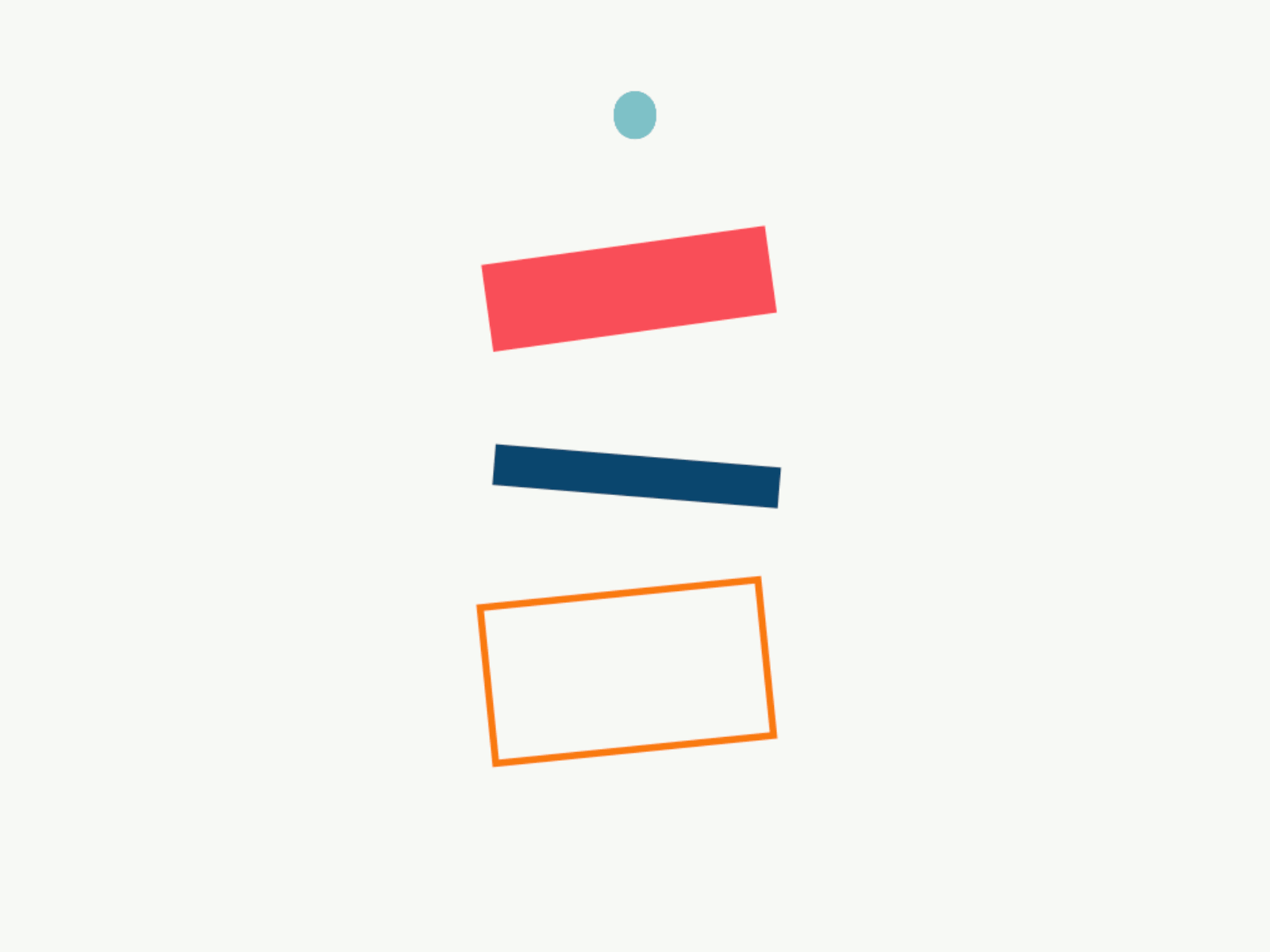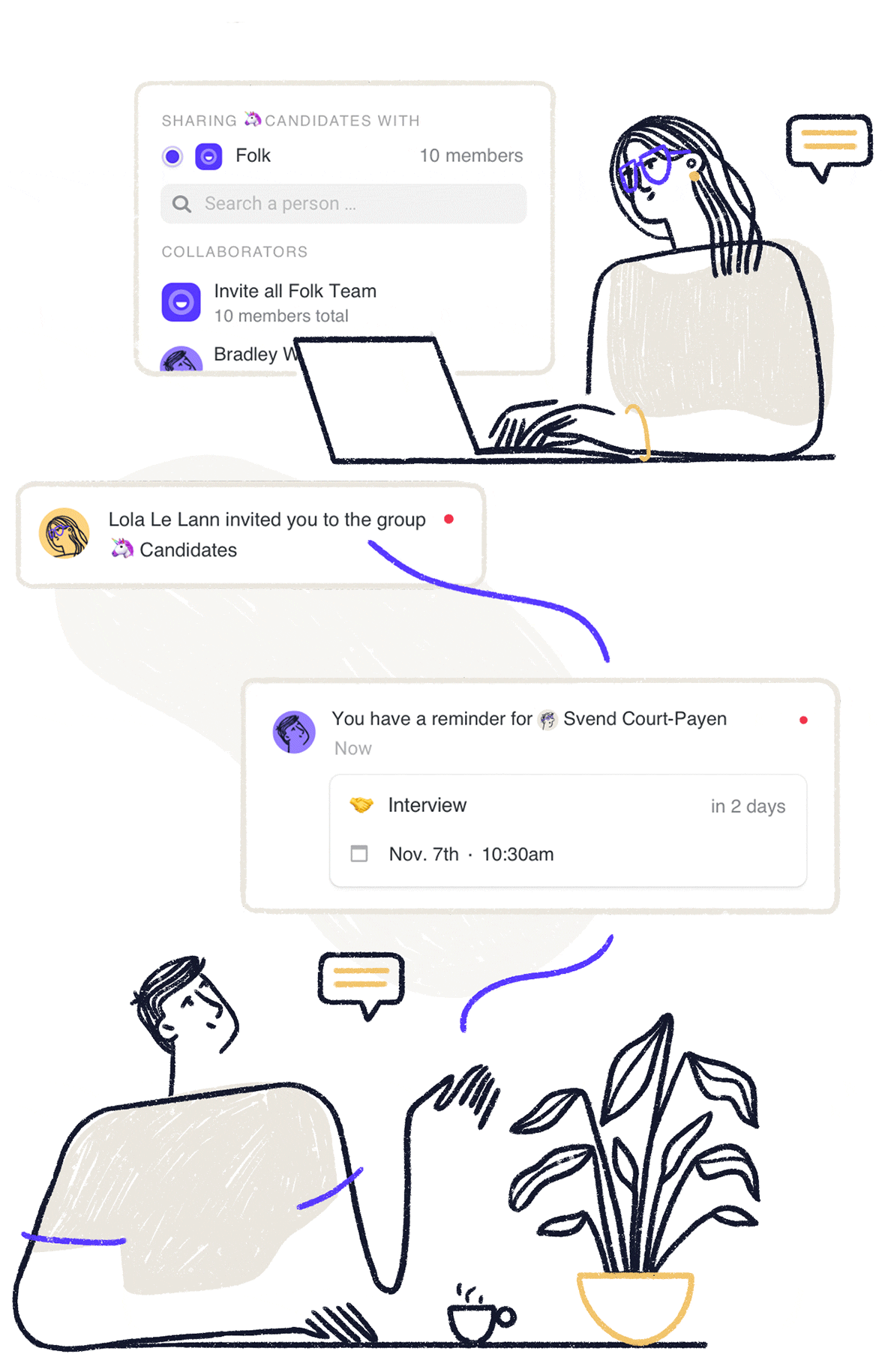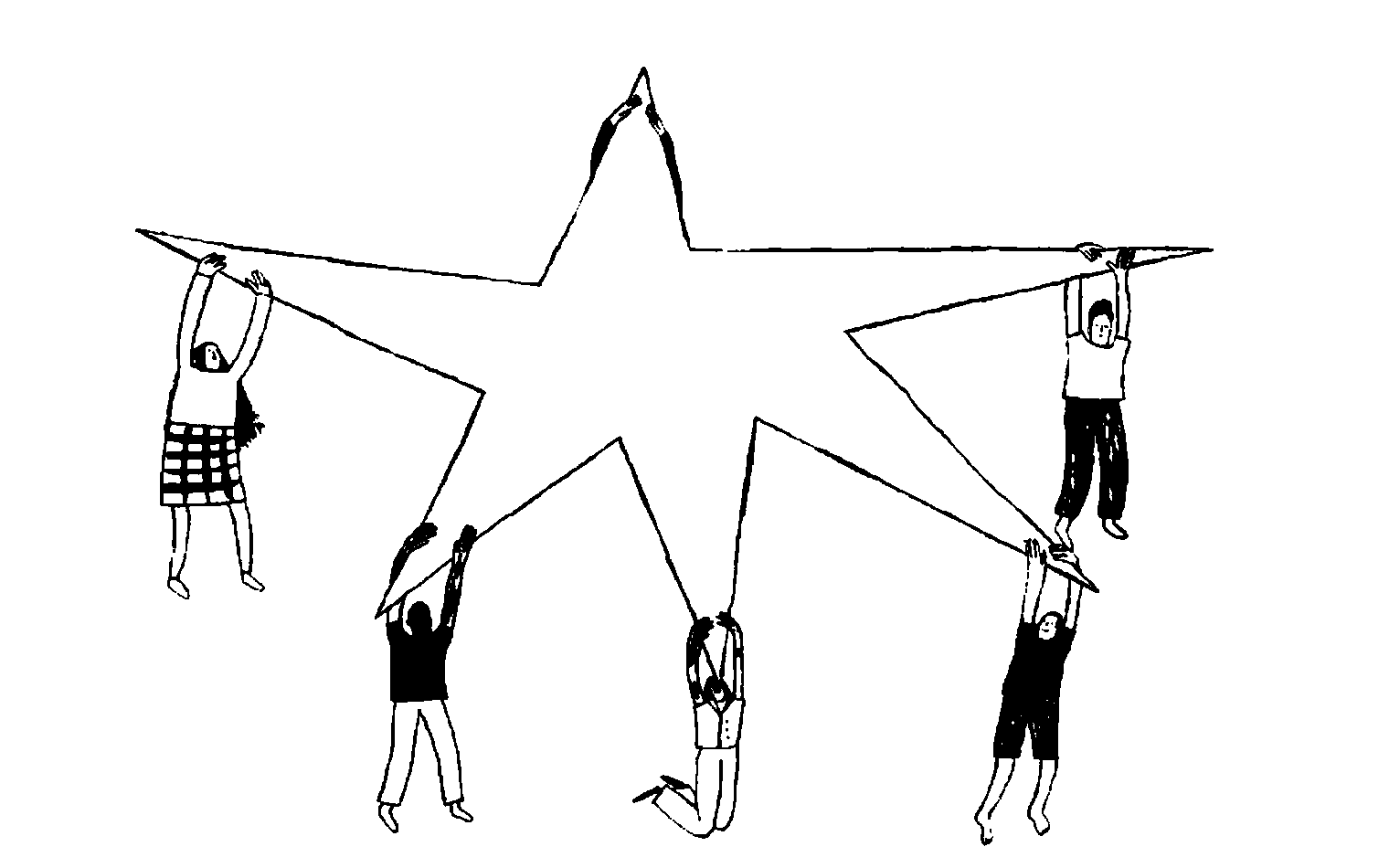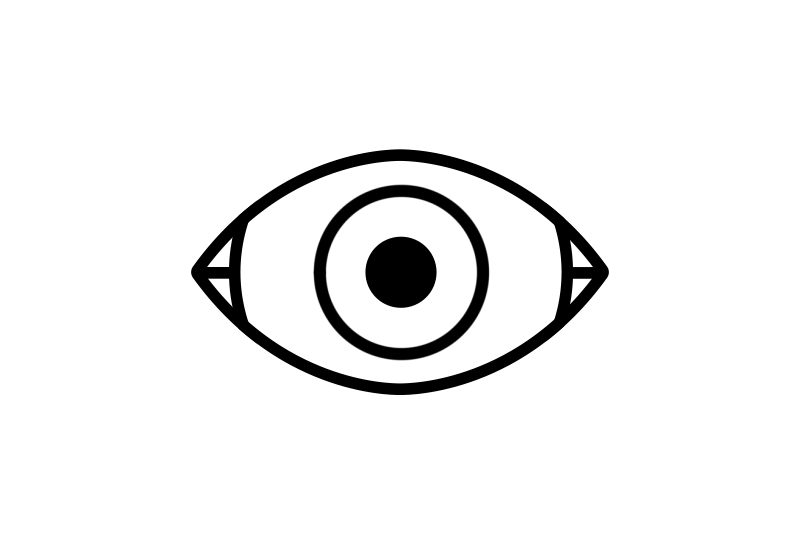
Companies
Intuit (Design Operations department)
A Bit of Background
Design Product Managers act as a bridge between Designers and Product Managers and aid in vertical communication within every business unit. But horizontal communication within the design community within as well as across business units is not streamlined.
My Contribution
I served as lead researcher & strategist in this project. My responsibilities included conducting generative and evaluative research and synthesising pivotal insights. The deliverables entailed presentation and submission of a comprehensive solution roadmap and change management plan, intended for implementation by the Design Operations team.
The Problem
Designers at Intuit are currently spending hours searching for the projects and files they need to reference. This is not only frustrating for designers, but it also results in wasted time and productivity.
The Solution
Build a standard work-sharing and communication system across business units of Intuit to enhance inclusivity of the design community in the entire product development lifecycle. A tool used by DPMs to help designers build visibility, enhance interaction and efficiency.
The Impact
The tool is in the pipeline to be launched in 2023 Quarter 3. For the first phase of implementation, it shall be established across 95 designers of the TurboTax business unit. If successful, it shall be implemented within Quickbooks.
Transforming communication channels within Intuit
How might we build
a work-sharing system
within and across
business units
that can enhance
inclusivity of design community?
An 'Intelligent Slack Bot' system to streamline project owner search and communication on Slack within Intuit's design community.
Generative Research
Unraveling the Problem Statement
Intuit has a disjointed design community of teams in various geographies, sizes, and level of maturity.

How might we create a connected craft community with consistent operational excellence and impact?

Prioritize autonomy while maintaining a high standard of quality that can be measured and scaled effectively.

Research Methodology
The objective was to discover what cross-functional collaboration currently looks like for Intuit designers, DPMs, and PMs.
30 in-depth interviews were conducted with the stakeholders across the business units of Intuit.
Designers
-
5 TurboTax designers
-
5 Quickbooks designers
-
5 Mailchimp designer
Design Program Managers (DPMs)
-
2 TurboTax DPM
-
2 Quickbooks DPM
-
2 Mailchimp DPM
Product Managers (PMs)
-
5 TurboTax PM
-
4 Quickbooks PM
Neurodivergent Members
-
2 designers
Gender Distribution
-
12 females
-
13 males
-
5 non-binary
Ethnicity Distribution
-
10 Asians
-
3 Hispanic
-
2 African Americans
-
2 Multiracial Amercians
Research Key Insights
Work being done in one team can unknowingly impact the work being done in another team. High possibility that solutions & resources from one team can be helpful for current problems & projects in another team.
Designers are slow to adopt a new tool because uptake and learning take time & effort. Tools such as Asana and Smartsheets might be great from a management and development perspective, but not so much for designers.
Both designers and DPMs are prone to feeling at or over capacity and experiencing meeting fatigue.
How can we avoid falling into the trap of a solution that ends up creating more work for those we’re trying to help?
Different teams have different ways of working, and that’s not necessarily a bad thing.
How can we create something that fits into a variety of workflows?
Organizational Communication Flow Mapping


Lack of communication &
work-sharing within the internal design community was identified as a key issue.
Problem Area
Regular communication
Lack of communication
Mission Statement


How might we build a work-sharing system across business units that could provide value to the design community?
Opportunity Area
Regular communication
Lack of communication
Concept Generation
The insights and mission statement led to the generation of 4 concepts based on the idea of a gamified work-sharing system. These 4 concepts were designed in the form of storyboard visuals to effectively explain the entire system.
Storyboard 1: Social Media Break
Designers shall weekly upload screenshots of their work-in-progress files on a shared portal. These screenshots can be viewed by any designer like scrolling through social media to find opportunities to collaborate with others based on shared interests.
Personal Information Page: demographics
.png)
Storyboard 2: Big Figma File
There is a common Figma file with pages divided on the basis of projects. Designers shall receive a notification weekly on recurring times to paste work-in-progress screenshots on respective pages. These pages can later be reviewed to cross-collaborate and share expertise.
_Page_2.png)
Storyboard 3: Time to BeReal
Designers shall be notified randomly at any time of the week to upload screenshots of their work with short descriptions. These screenshots will be uploaded in this week's feed and can be viewed by the community to explore as well as collaborate.
_Page_3.jpg)
Storyboard 4: Slack Bot Search
Designers can update their Slack profiles with keywords relating to projects they have worked on. Through an intelligent Slack search designers can find each other to cross-collaborate on projects and share knowledge.

Concept Testing
Focus group workshops were conducted with 6 designers, 3 DPMs and 3 PMs to gather first-hand insights and opinions regarding the proposed concepts.
Most preferred
Storyboard 1
Social Media Break
KEY:
Preference vote
Storyboard 2
Big Figma File
Storyboard 3
Time to BeReal
Storyboard 4
Slack Bot Search
Key Insights
Currently, designers use Figma as a medium to refer to past projects. But, ownership of work is difficult to figure out through Figma.
Designers prefer not to share their messy working files and instead present a final product that is clean and polished.
Final Proposal
Knowing that Slack is the preferred communication method for Intuit designers, particularly among Neurodivergent members...
This could be the opportunity to leverage Slack to connect people, rather than projects.
(NOW) Slack Bios: edit titles
A designer updates their title to include key information such as their product as 'TurboTax', focus area as 'Consumer-Facing', and specializations as 'Automation and Policies'.
If another designer were to search for 'Automation', their profile would be one of the first results that come up as 'People'.
(NEXT) Slack App: Grindery
Slack application called Grindery will allow Intuit to create a community directory for all of its designers across business units.
Using Grindery, designers will be able to search for individuals by tools other designers have used, skills they have learned or want to learn, and even search by time zone.
(FUTURE) Intelligent Slack Bot Search
Visualizing Slack to integrate an intelligent search technology, powered by natural language processing and machine learning, that enables users to filter through profiles of designers by inputting high-level keywords, allowing for efficient and targeted collaboration with designers.



Step 1: Employees update their titles


Step 2: Coworkers able to find them via search

Click to view the storyboard
Opportunity for higher
self-promotion & visibility
Increased search efficiency, hence reduced delays in communication
Heightened sense of community & collaboration
Impact
The first phase begins with rolling out the Slack biography changes across TurboTax business unit of 95 designers in the US and Canada.

Change Management Plan
Personal Takeaways
Change Management Tools for Design Researchers
This project helped in gaining experience with respect to learning the importance of detailed change management planning to ensure the successful implementation, stakeholder engagement, risk mitigation, effective communication, and monitoring of design initiatives. It helps to navigate through the complexities of change.
Navigating complexities of rigid systems and workflows
Implementing or suggesting solutions for very complex and defined workflows can be challenging. Hence as a design researcher, it is important to navigate those challenges by introducing solutions that can seamlessly fit the existing system and workflows.
